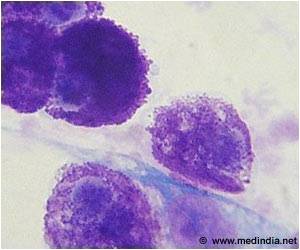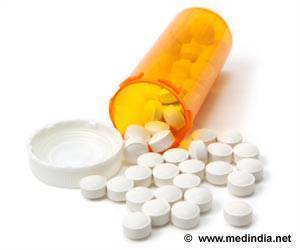
"By itself, staurosporine shows potent activity against a number of cancer cell lines, including chemotherapy-resistant tumors. However, it also harms normal tissue," said senior author Santosh Kesari, MD, PhD, director of neuro-oncology at UC San Diego Moores Cancer Center. "With this study, we have been able to overcome the pharmacokinetic barriers to delivering staurosporine to tumors with the use of liposomes."
STS was originally isolated from the bacterium Streptomyces staurosporeus in 1977. The compound prompts a wide variety of cancer cell types to self-destruct, a process called apoptosis or programmed cell death. In its free form, STS is quickly metabolized and harmful to healthy cells. By trapping STS in tiny spheres called liposomes, Moores Cancer Center researchers have been able to effectively deliver the compound, past healthy tissue, to the tumor, with potent results.
Liposomes are microscopic bubbles made from the same molecules as cell membranes. Researchers use these hollow spheres to deliver therapeutic agents. Anti-cancer drugs can be loaded inside, while disguising agents coat the external membrane surface to hide the cancer-killer from the immune system.
Source-Eurekalert










